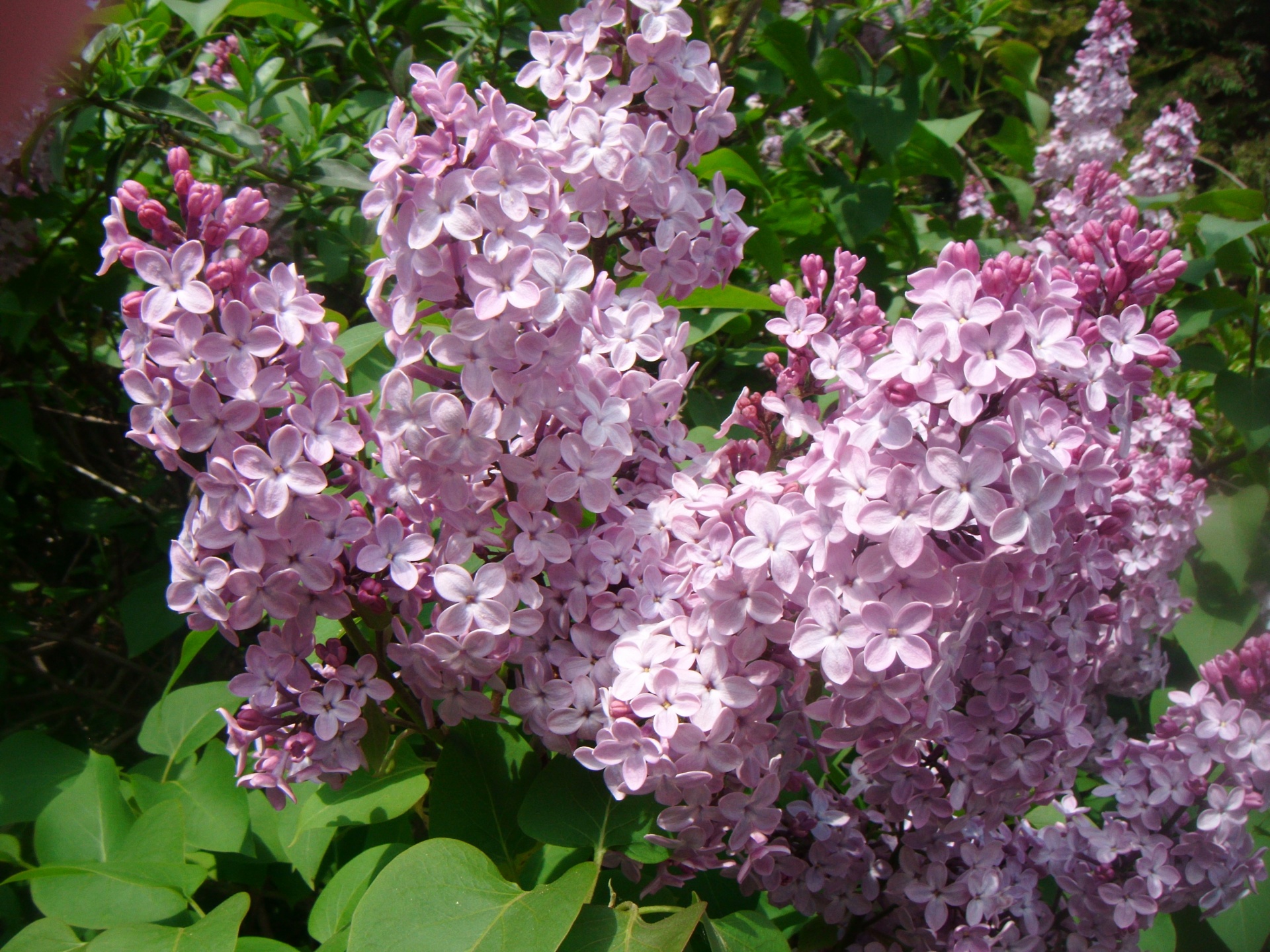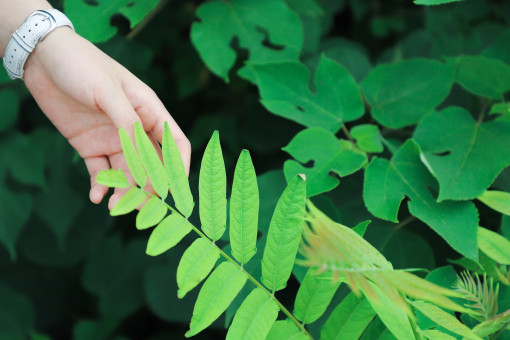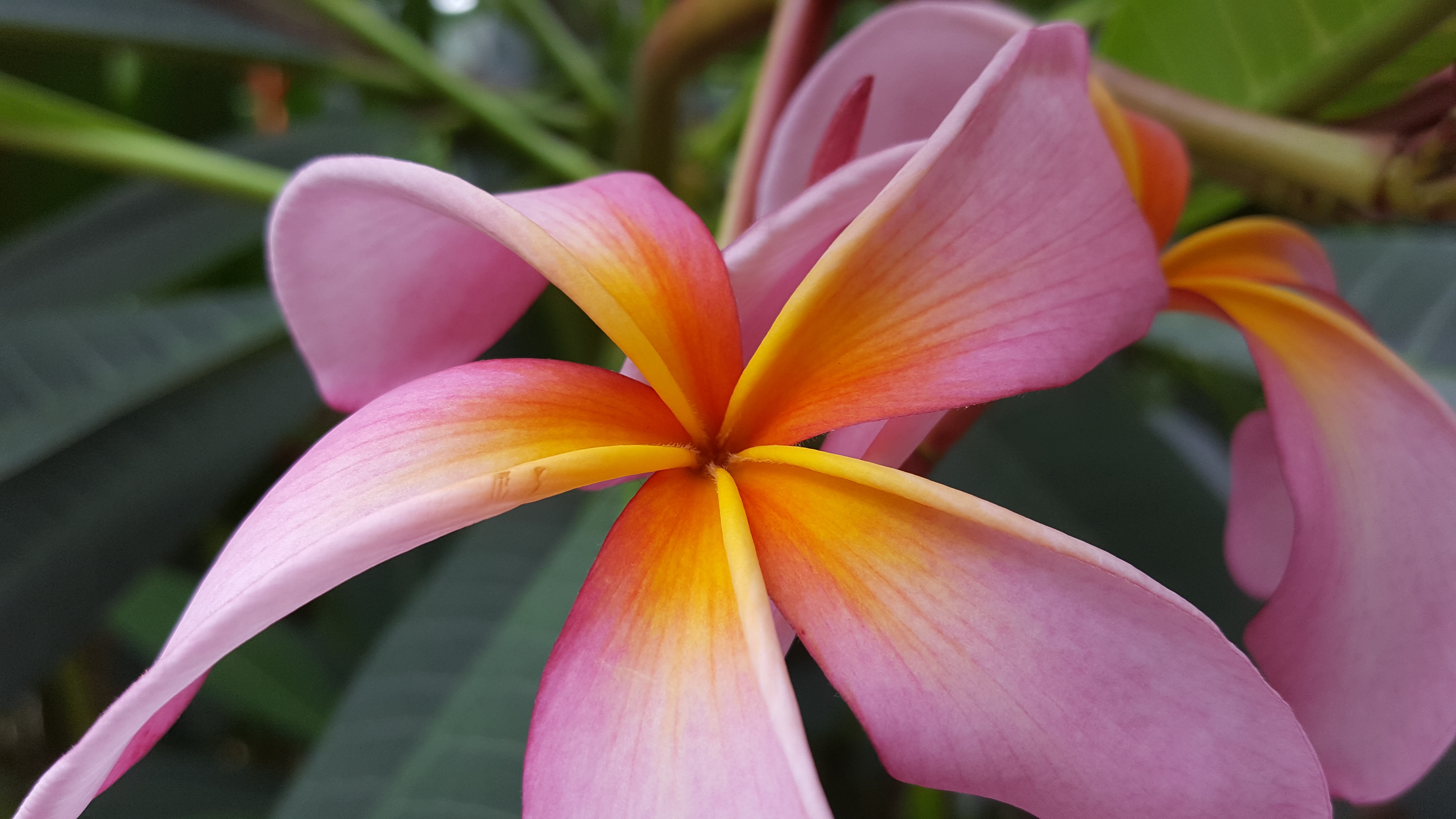
Best Lilac Growing Zones for Your Garden
Lilacs, known for their beautiful and fragrant flowers, can add a touch of elegance to any garden. But before you plant them, it’s important to know the best lilac growing zones to ensure their success. In this article, we will explore the ideal growing conditions for lilacs and the suitable USDA hardiness zones for these beloved shrubs.
Understanding Lilacs
Lilacs, scientifically known as Syringa, are deciduous shrubs or small trees that belong to the olive family. They are cherished for their stunning clusters of blossoms that come in various colors, including white, pink, purple, and even blue. Apart from their enchanting flowers, lilacs also emit a delightful fragrance that attracts bees and butterflies.
Climate Requirements
For lilacs to thrive and produce abundant blooms, they require the right climate conditions. These plants prefer areas with cold winters and moderate summers. The USDA hardiness zones are an excellent indicator of the minimum temperatures a plant can withstand. Lilacs generally prefer zones 3 to 7, with some varieties tolerating up to zone 9.
Ideal Growing Zones for Lilacs
-
Zone 3: This zone covers regions with extremely cold winters, including parts of Montana, Minnesota, and North Dakota. Common lilac varieties such as Syringa vulgaris can withstand the frigid temperatures found in this zone.
-
Zone 4: Encompassing areas like Maine, Wisconsin, and Colorado, this zone experiences colder winters and shorter growing seasons. Lilacs like the Dwarf Korean Lilac (Syringa meyeri) and Miss Kim Lilac (Syringa patula ‘Miss Kim’) perform well here.
-
Zone 5: This zone covers states such as Illinois, Pennsylvania, and Ohio. It offers suitable conditions for common lilacs, as well as the Persian Lilac (Syringa x persica), which has a more compact growth habit.
-
Zone 6: Spanning across regions like Virginia, Missouri, and Texas, this zone allows various lilac varieties to thrive. The Chinese Lilac (Syringa x chinensis) and the Fragrant Cloud Lilac (Syringa vulgaris ‘Fragrant Cloud’) are great choices for gardeners in this zone.
-
Zone 7: Found in states like Georgia, Alabama, and Arkansas, this zone presents a milder climate. The Beauty of Moscow Lilac (Syringa vulgaris ‘Krasavitsa Moskvy’) and the Common Lilac (Syringa vulgaris) are popular selections for this region.
Other Factors to Consider
Besides the hardiness zone, there are a few other factors to consider when growing lilacs. These include soil type, sunlight exposure, and adequate drainage. Lilacs prefer well-draining soil and at least six hours of direct sunlight each day to thrive and produce lush foliage and vibrant blooms.
In conclusion, selecting the right lilac growing zone is crucial for the successful cultivation of these enchanting shrubs. By understanding the USDA hardiness zones and taking into account other factors like soil and sunlight, you can create a beautiful lilac garden that will bring joy and fragrance to your outdoor space.
Keep Reading

The Ideal Growing Zone for Moringa Trees
Moringa trees are gaining popularity among gardeners and tree enthusiasts due to their numerous health benefits and versatility. If you're considering growing moringa trees in your garden, it's essential to understand the ideal growing zone.

Plumeria Growing Zone: Tips for Successfully Growing Plumerias in Your Garden
Plumerias, also known as frangipani, are exquisite flowering trees that are widely beloved for their vibrant and fragrant blossoms. If you're looking to add these tropical beauties to your garden, it's essential to understand the plumeria growing zone.